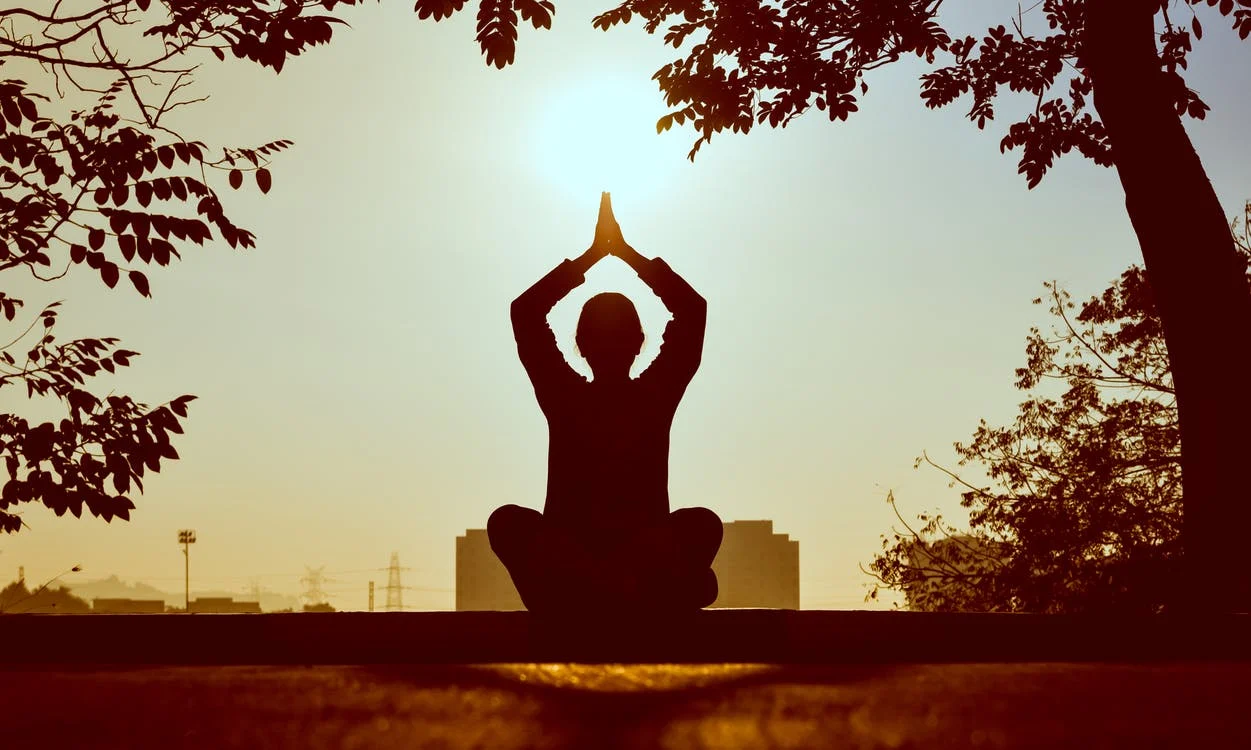Visualization Methods to Improve Performance
The techniques behind visualization & how they work
What is Visualization?
Visualization is an important tool in the field of sports psychology. In regards to physical performance, it allows for enhanced technique and skill acquisition (Ungerleider, 2005), while simultaneously improving mental performance in areas such as anxiety, stress and concentration (Newmark, 2018). This article aims to explore various methods of visualization; How they affect performance indicators and why they work.
The Methods:
The easiest way to differentiate between methods is by outcome; Separating them into physical improvement and psychological improvement categories. It’s important to note that a crossover between outcomes is to be expected, however it is usually weighted in one direction.
Visual Motor Behaviour Rehearsal (VMBR) is the method of creating a mental video of an event and replaying it step by step. The main goal of VMBR is to improve physical performance and can be done with actual video footage, or still-frame photographs (Ungerleider, 2005). VMBR can be attempted without the use of footage but due to low vividness and neurological inflexibility found in beginners this is not advisable. This method is often used by athletes who have to navigate a course that changes from competition to competition such as alpine skiers, race-car drivers or bobsledders. In fact, VMBR is depicted in the Disney movie “Cool Runnings” by the lead character as he sits in the hotel bathtub, memorizing and visualizing the directional turns in his upcoming bobsled race. The 4-steps of VMBR that contribute to improved performance are; Technique enhancement, error analysis & correction, preparation for completion and skill enhancement. Technique enhancement comes from identifying the steps needed to perform a new task by analysing the (mental or physical) footage. The footage can be examined to detect errors in performance, allowing for a mental correction. Penultimately, preparation for competition refers to an individual using VMBR to become more familiar with the emotions and scenarios of upcoming competition. Finally, skill enhancement is achieved with persistent practice, using both VMBR and real-life training.
The next major method is Guided Imagery. It tends to be more psychologically based, focusing on potential scenarios, behaviours and feelings an individual may experience in competition. The inability to comprehend or control these factors is known as psychological inflexibility, which fortunately can be improved with practice (Mistretta et al., 2017). Guided imagery is generally performed via speech in person, video or audio-tape. The intention is to make the athlete accustomed to the stressors and stimuli of competition. Significant practice can achieve two things; A desensitization to negative inputs, resulting in improved anxiety levels (Kapur & Dev Dhunna, 2017), thought-disruption, confidence, mindfulness and flow (Kaufman, Glass, & Arnkoff, 2009). It also improves vividness, which is the ability to imagine or conceptualize these scenarios accurately and in itself is an important skill to develop (Calmels, Holmes, Berthoumieuz, & Singer, 2004).
Finally, there is a sub-category of guided imagery, called Solution-Focused Guided Imagery (SFGI) (Bell, Skinner, & Fisher, 2009). This method of visualization is the middle ground between Visual Motor Behaviour Rehearsal and the psychologically focused, guided imagery. The objective is to create a mental image of performing a task, with the associated thoughts and feelings, devoid of a specific problem. An example of this is a “putting yip” in golf (jerking while putting). The SFGI would still try to create a vivid image of putting with an emphasis around fixing the problem, in this case, following the putt through with a smooth movement. A study by (Bell, Skinner, & Fisher, 2009), showed that SFGI can provide an immediate and maintainable improvement in performance.
The Negatives of Visualization:
One of the only negative factors that can be associated with visualization is that it’s equally as effective when poor form is mentally rehearsed (Ungerleider, 2005). It is vital that beginners and individuals with a modest proficiency of vividness make sure to use the correct technique for their desired task. This relates back to the benefits of using actual recorded material during VMBR.
Why does it work?
The simplest way to explain a complicated neuroscience process is that the practice of visualization, improves motor imagery vividness. By providing your brain with an excess of perceptual information regarding a task or skill, the neurons become more excited and create a more developed pathway, allowing for increased mental flexibility and performance when performing said task (Holmes, & Collins, 2001). Furthermore, it has been shown that elite level athletes with increased vividness outperform their counterparts (Calmels et al., 2004), reinforcing the importance of developing this mental skill.
References:
Bell, R., Skinner, C., & Fisher, L. (2009). Decreasing Putting Yips in Accomplished Golfers via Solution-Focused Guided Imagery: A Single-Subject Research Design. Journal of Applied Sport Psychology, 21(1), 1-14. doi:http://dx.doi.org/10.1080/10413200802443776
Calmels, C., Holmes, P., Berthoumieux, C., & Singer, R. (2004). The Development of Movement Imagery Vividness Through a Structured Intervention in Softball. Journal of Sports Behavior, 24(4), 307-322. doi:https://hal-insep.archives-ouvertes.fr/hal-01576118
Holmes, P.S., & Collins, D.J. (2001). The PETTLEP approach to motor imagery: A functional equivalence model for sport psychologists. Journal of Applied Sport Psychology, 13, 60-83.
Kapur, A., & Dev Dhunna, K. (2017). Effect of visualization technique in reducing anxiety level of soccer male players in competition situations. International Journal of Multidisciplinary Education and Research, 2(3), 74-75.
Kaufman, K. A., Glass, C. R., & Arnkoff, D. B. (2009). Evaluation of Mindful Sport Performance Enhancement (MSPE): A New Approach to Promote Flow in Athletes. http://dx.doi.org/10.1123/jcsp.3.4.334. doi:10.1123/jcsp.3.4.334
Mistretta, E. G., Glass, C. R., Spears, C. A., Perskaudas, R., Kaufman, K. A., & Hoyer, D. (2017). Collegiate Athletes’ Expectations and Experiences with Mindful Sport Performance Enhancement. J Clin Sport Psychol, 11(3), 201-221. doi:10.1123/jcsp.2016-0043
Newmark, T. (2018). Cases in Visualization for Improved Athletic Performance. Psychiatric Annals, 42(10), 385-387. doi:10.3928/00485713-20121003-07
Ungerleider, S. (2005). Mental training for peak performance: Top athletes reveal the mind exercises they use to excel.
Written by Nevin Mills - The Strength Institute of Western Australia



